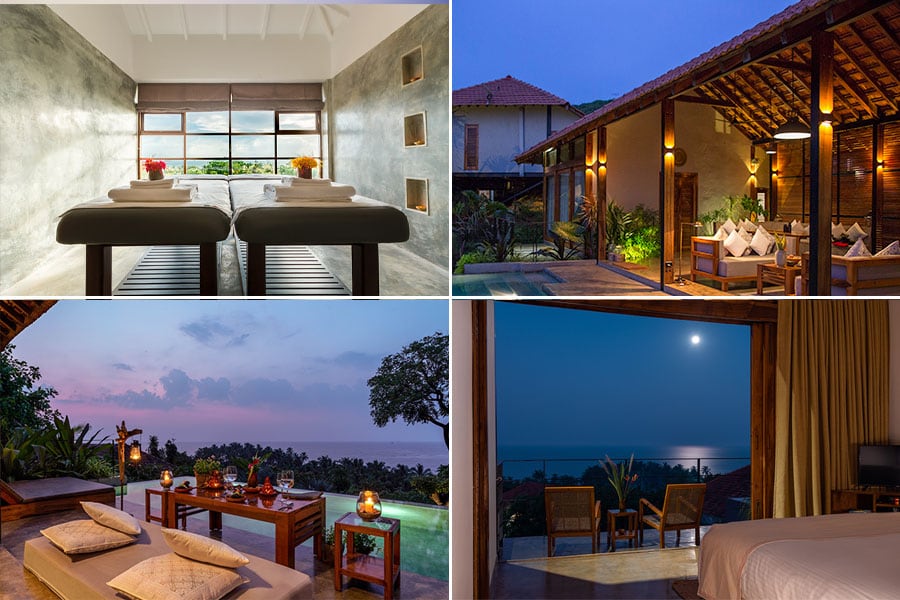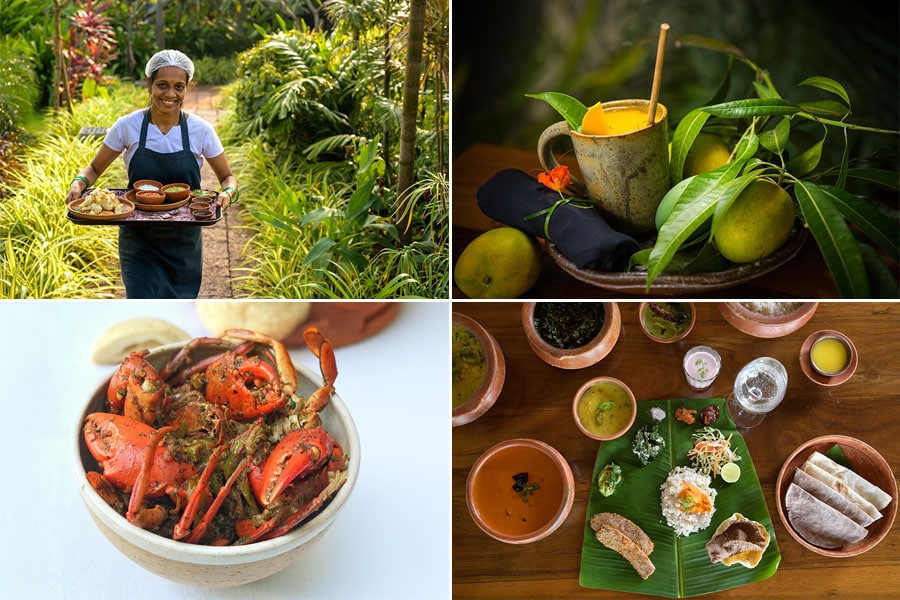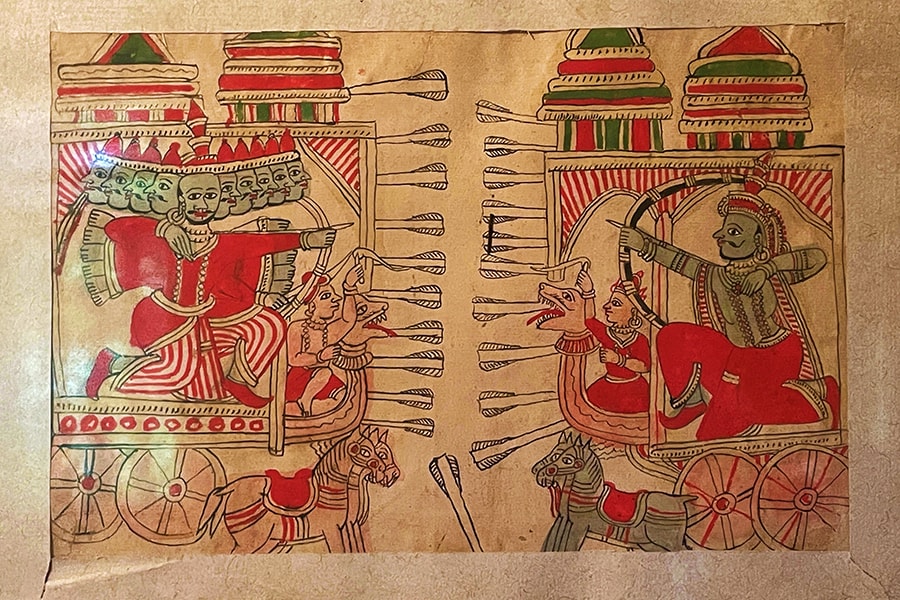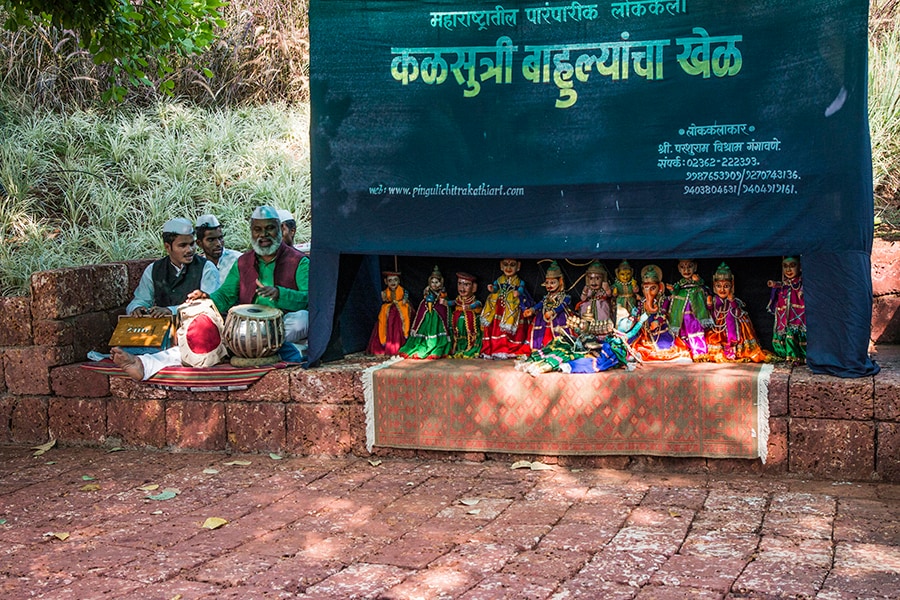
Find your Shambhala in Sindhudurg where the wild meets the waves
Nestled amidst the emerald embrace of the Sahyadri-Sindhudurg and the sun-drenched Konkan coast, the villas at Coco Shambhala Hotel let you savour the hidden culture of the region
 Overlooking the secluded Bhogwe ‘Blue Flag’ Beach and designed with an open-plan concept, Coco Shambhala fully leverages its prime location, offering an unparalleled experience of the lush Sindhudurg-Sahyadri forests and the Arabian Sea.
Overlooking the secluded Bhogwe ‘Blue Flag’ Beach and designed with an open-plan concept, Coco Shambhala fully leverages its prime location, offering an unparalleled experience of the lush Sindhudurg-Sahyadri forests and the Arabian Sea.
Craving a break from the city's incessant hum, I traded concrete for Sindhudurg's sylvan shores. The coastal road unfurled—ribbons of smooth asphalt snaked their way past emerald mangroves, all dwarfed by the endless expanse of the Arabian Sea. On the serene Konkan Coast, three hours dissolved like mist on the windshield. Our journey culminated in Bhogwe, near Parole village, as quaint as a forgotten rhyme. Amidst the rustling leaves and the ocean's gentle sighs, Coco Shambhala Sindhudurg surfaced before me, beckoning not with the promise of a mere holiday, but with a profound experience—a complete reset and a serendipitous rediscovery of the self. The resort's architecture is a congruous wedlock of tradition and modernity; Konkan aesthetics are woven into the fabric of sleek design, and every detail voices profound respect for the natural world.
A welcome respite awaited me upon arrival: A chilled lemon juice infused with curry leaves served in a terracotta chalice. Following a winding path of laterite jambha stone steps, flanked by spider, snake and ginger plants, I ascended upwards to Inaya, the third of four opulent private villas that cascade down the hillside. Each of the Coco Shambhala villas, Arka—(Arabic for sun), Amaresha— (Sanskrit for sky), Inaya—(Arabic for grace and kindness), and Varenya—(Sanskrit for excellence and perseverance) have a fascinating theme, drawing upon the local culture. Locally sourced materials, weathered stone, and sun-bleached wood form the bones of the structures, their sloping terracotta roofs mimicking the temperate of the surrounding hills and villages.





















